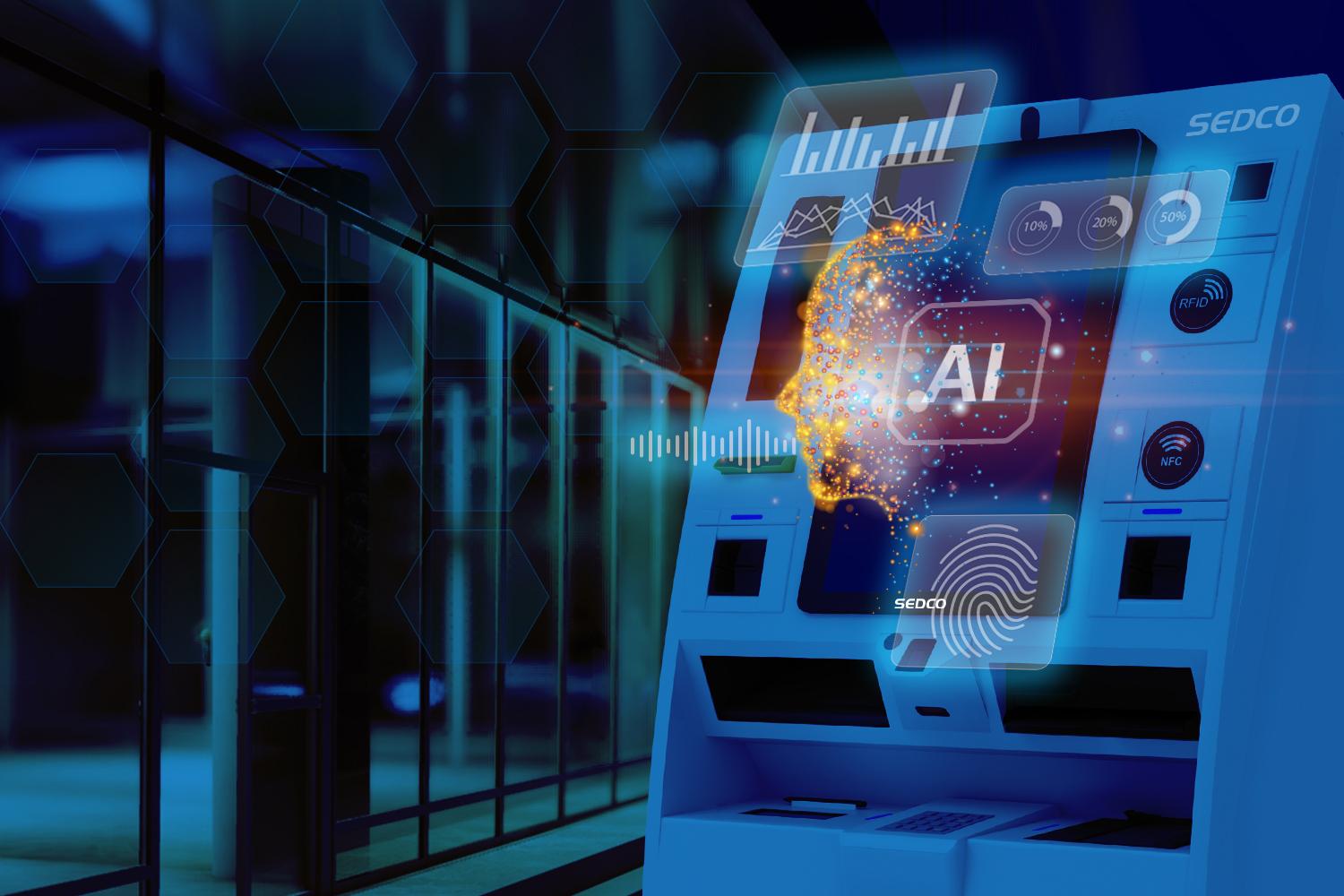The global growth of self-service technology is a testament to the digital revolution we are experiencing. According to a report by Grand View Research, the global self-service technology market size was valued at USD 34.03 billion in 2022 and is anticipated to grow at a compound annual growth rate (CAGR) of 13.8% over the forecast period. This growth is fueled by technological advancements, such as remote management and wireless communication, and the integration of biometric security services.
Self-service technology has been transforming various industries for decades, offering customers convenience, speed, and accessibility. However, with the rapid advancements in artificial intelligence (AI), self-service is evolving from automation to intelligence, enabling more personalized, interactive, and secure customer journeys.
Voice Recognition and Self-Service
One of the key features of intelligent self-service is voice recognition, which allows customers to interact with self-service machines by voice commands, rather than touching screens or buttons. This feature not only provides a touchless experience, which is essential in the post-pandemic era, but also caters to the needs of different customer segments, such as novice users, physically challenged people, and drive-thru customers. Voice recognition technology is being adopted by companies across various sectors, leading to measurable business outcomes. Forbes reports that businesses are leveraging voice technology to improve their communications, resulting in better customer experiences and operational efficiencies.
How AI Empowers Self-Service Machines
But voice recognition is not the only way that AI enhances self-service. Here are some other ways that AI can empower self-service machines to deliver better customer experiences and business outcomes:
Business Intelligence analytics: Self-service machines can collect and analyze data from customer interactions, such as service preferences, feedback, and satisfaction levels. This data can help businesses gain valuable insights into customer behavior, needs, and expectations, and use them to improve their products, services, and marketing strategies. For example, self-service kiosks in telecom branches can gather customer registration details, purchase history, and feedback on the branch experience. Retailers are increasingly using data analytics to inform their merchandising decisions.
A prime example is how companies are using data-driven decision-making to optimize inventory management and pricing strategies. By analyzing sales patterns and trends, they can make more accurate predictions about future demand, thereby increasing the basket size. Implementing data analytics can also yield significant returns on investment (ROI). A survey by NewVantage Partners found that 92% of large companies reported that they are achieving returns on their data and AI investments.
Fraud detection and identity verifications: Self-service machines can also leverage AI to prevent fraud and ensure security. For example, self-service machines can use biometric technologies, such as facial recognition, fingerprint scanning, or iris recognition, to verify the identity of customers and authorize transactions. This can reduce the risk of identity theft, money laundering, and other fraudulent activities. The implementation of biometric identity verification has led to a significant reduction in physical touchpoints. Some features of the fingerprint verification solutions, for example, enable contactless fingerprint scanning and authentication using just a smartphone camera.
Benefits for the telecom sector: One of the industries that can benefit from intelligent self-service is telecom, which faces challenges such as high customer churn, low customer loyalty, and complex service offerings. By implementing intelligent self-service machines, telecom operators can offer their customers 24/7 access to various services, such as SIM card issuance, bill payment, top-up, account management, and more.
Moreover, telecom operators can use the data from self-service machines to understand customer preferences, segment customers, and offer personalized promotions and recommendations. Global telecom companies are also harnessing the power of AI to improve their services. For instance, some telecom companies are deploying AI-powered self-service kiosks to enhance customer experience. These kiosks not only improve the net promoter score but also reduce customer onboarding time by providing faster and more efficient services.
SEDCO’s Offerings
SEDCO provides comprehensive customer experience management (CEM) solutions for the telecom industry, including smart self-service kiosks, queue Management system, mobile apps for appointment bookings, digital signage, and omni-channel feedback and marketing capabilities. These intelligent customer experience solutions can help transform traditional telecom branches into convenient and personalized smart branches.
SEDCO is a leading provider of intelligent self-service solutions that can help businesses across different sectors, such as banks, telecoms, governments, healthcare, and money exchange houses, to transform their customer journeys and achieve operational excellence. SEDCO’s self-service kiosks are equipped with voice recognition, business intelligence, and biometric verification features.
Conclusion
The adoption of AI self-service technology can lead to significant cost savings and profit improvements. McKinsey reports that the transformation to AI customer service resulted in a doubling to tripling of self-service channel use, a 40 to 50 percent reduction in service interactions, and a more than 20 percent reduction in cost-to-serve.
Contact us today and join the digital evolution.



